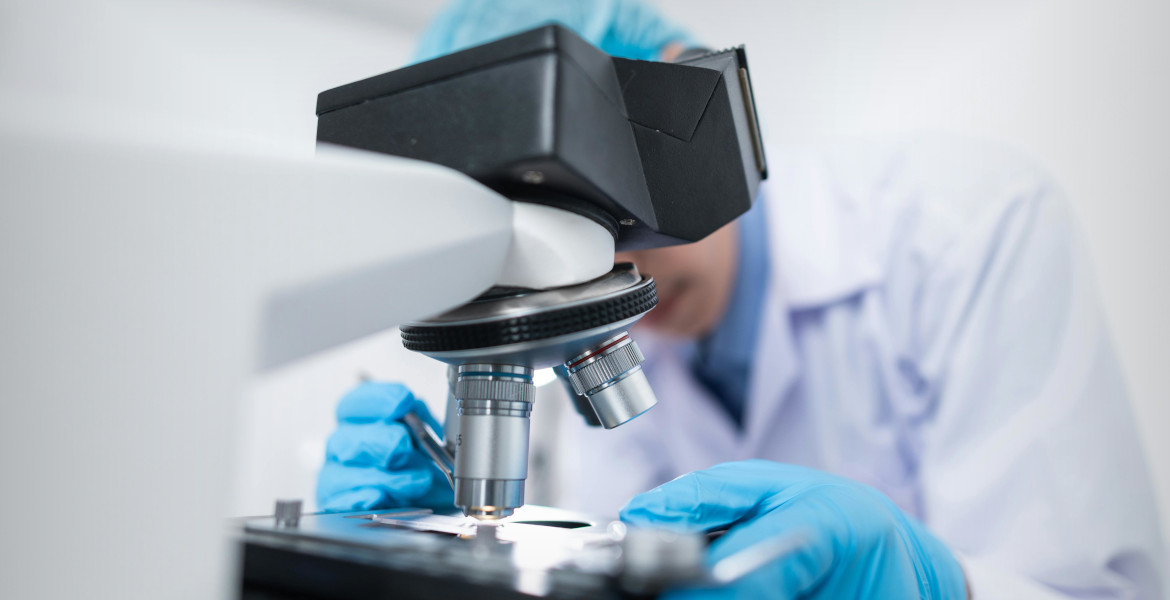Thirty minutes of phone calls per week may increase the risk of high blood pressure, a new study shows. Making or receiving calls for longer periods per week and having a genetic risk of developing the condition significantly increases the risk.
Mobile phones emit low levels of radio frequencies, which have been linked to high blood pressure in previous studies. However, studies on mobile phones and blood pressure have yielded inconclusive results, probably because people use them for different purposes, such as calling, texting, gaming or scrolling.
A new study at Southern Medical University in Guangzhou, China, published in the European Heart Journal, focused on phone calls alone and the risk of high blood pressure. A total of 212,046 people aged 37 to 73 who did not have high blood pressure at the start of the study participated. The average age was 54 years.
Participants were asked to provide information about their phone calls via a questionnaire that included how much time they spent per week on phone calls, as well as whether they used a speakerphone or hands-free device. It was estimated that if you used a mobile phone at least once a week for calls, you were classified as a 'mobile phone user', which 62% of women and 88% of men were.
The researchers then analyzed mobile phone use in conjunction with age, gender, BMI, race, family history of high blood pressure, and other health aspects that the participants might have.
After 12 years, a follow-up was conducted and it was found that 7% of the participants had developed high blood pressure. Of these, those classified as mobile phone users were 7% more likely to have developed high blood pressure than others. Talking on a mobile phone for at least 30 minutes or more per week was 12% more likely to develop high blood pressure than talking less on the phone. The results were similar for women and men.
– It's the number of minutes people spend talking on a mobile that matter for heart health, with more minutes meaning greater risk, says Professor Xianhui Qin.
Comparing participants who spent only very little time talking on a cell phone per week with a higher usage time, the numbers were higher. For example, those who talked on their cell phones for about 4 to 6 hours a week were 16% more likely to develop high blood pressure than those who made or received calls for no more than 5 minutes a week. Talking on a cell phone for more than 6 hours per week increased the risk by 25%, compared to those who called for 5 minutes or less. Using a speakerphone or hands-free device was not significantly related to the development of high blood pressure.
The biggest risk was having a genetic risk of developing high blood pressure. Comparing people at risk who spent thirty minutes or more per week talking on their cell phone with people who had a low genetic risk and also talked less on the phone per week, there was a 33% greater risk of developing high blood pressure.
– Our findings suggest that talking on a mobile may not affect the risk of developing high blood pressure as long as weekly call time is kept below half an hour. More research is required to replicate the results, but until then it seems prudent to keep mobile phone calls to a minimum to preserve heart health, Professor Qin continues.





